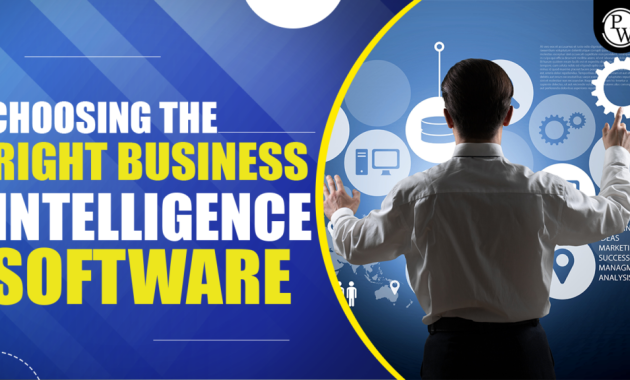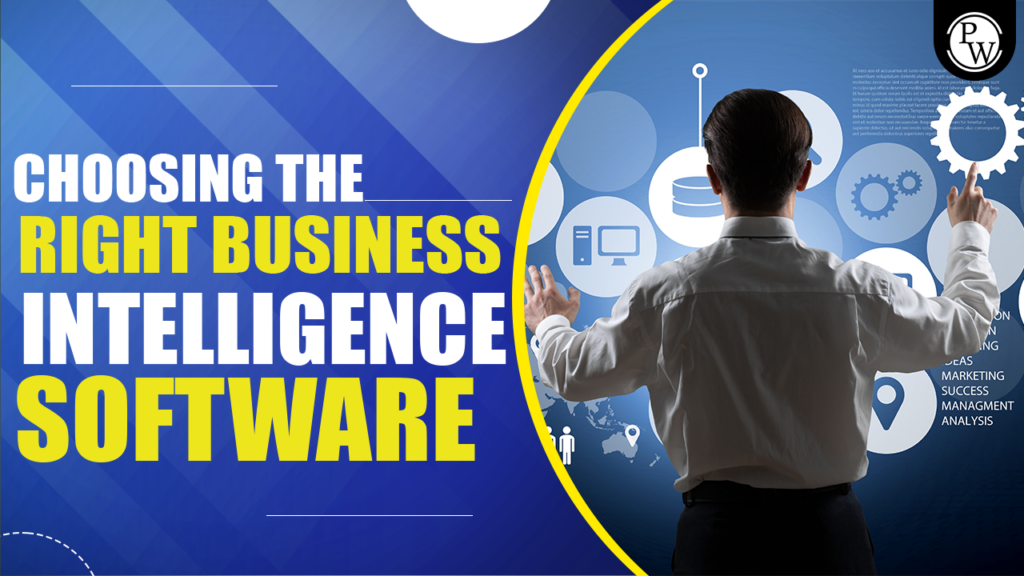
Crash Course on Business Intelligence Software for Business Growth: A Comprehensive Guide
In today’s data-driven world, businesses are constantly seeking ways to gain a competitive edge. One of the most effective tools for achieving this is Business Intelligence (BI) software. This guide provides a crash course on Business Intelligence software, exploring its functionality, benefits, and how it can drive business growth. We will delve into the core concepts, practical applications, and key considerations for choosing the right BI solution.
Understanding Business Intelligence Software
Business Intelligence software, at its core, is designed to collect, process, and analyze large datasets. It transforms raw data into actionable insights. These insights empower businesses to make informed decisions. The software typically integrates data from various sources. These sources include customer relationship management (CRM) systems, enterprise resource planning (ERP) systems, and marketing automation platforms. The goal is a unified view of the business.
Business Intelligence software offers a range of capabilities. These include data extraction, transformation, and loading (ETL). It also includes data warehousing, online analytical processing (OLAP), data mining, and reporting and analytics. These features allow users to explore data, identify trends, and uncover patterns that might otherwise remain hidden. Effective use of Business Intelligence software can significantly enhance business performance.
The Core Functions of Business Intelligence Software
Business Intelligence software performs several key functions that are crucial for data analysis and decision-making:
- Data Collection and Integration: This involves gathering data from diverse sources. The data is then integrated into a central repository.
- Data Warehousing: This process involves storing and organizing data in a way that facilitates efficient analysis.
- Data Analysis and Reporting: This is the process of analyzing data. It also involves creating reports and dashboards that visualize key metrics.
- Data Mining: This advanced analytical technique uncovers hidden patterns and relationships within the data.
- Performance Management: This function allows businesses to track and measure key performance indicators (KPIs).
These functions work together to provide a comprehensive understanding of a business’s performance. This knowledge enables better decision-making.
Benefits of Using Business Intelligence Software for Business Growth
Implementing Business Intelligence software offers numerous benefits that directly contribute to business growth:
- Improved Decision-Making: BI provides data-driven insights. These insights lead to more informed decisions.
- Enhanced Efficiency: Automation of data analysis and reporting saves time and resources.
- Increased Profitability: By identifying areas for improvement, BI can boost revenue and reduce costs.
- Better Customer Understanding: BI helps businesses understand customer behavior and preferences.
- Competitive Advantage: Data-driven insights provide a strategic edge in the market.
These benefits collectively contribute to sustainable business growth. The right Business Intelligence software is a strategic investment.
Key Features to Look for in Business Intelligence Software
When selecting Business Intelligence software, it is essential to consider the following features:
- Data Visualization: Powerful visualization tools for creating interactive dashboards and reports.
- Data Integration: Seamless integration with various data sources.
- Scalability: The ability to handle growing data volumes and user demands.
- User-Friendliness: An intuitive interface that is easy to navigate and use.
- Security: Robust security features to protect sensitive data.
- Mobile Access: The ability to access data and reports on mobile devices.
Choosing software with these features ensures the best possible return on investment. The features need to align with business needs.
Implementing Business Intelligence Software: A Step-by-Step Guide
Implementing Business Intelligence software requires a strategic approach. Here is a step-by-step guide:
- Define Business Goals: Clearly identify the objectives you want to achieve with BI.
- Assess Data Sources: Determine the data sources that need to be integrated.
- Choose the Right Software: Select software that meets your specific needs and budget.
- Plan the Implementation: Develop a detailed implementation plan.
- Implement the Software: Install and configure the software.
- Train Users: Provide training to ensure users can effectively use the software.
- Monitor and Evaluate: Continuously monitor performance and make adjustments as needed.
Following these steps will help ensure a successful implementation. Careful planning is essential for success.
Examples of Business Intelligence Software
Several Business Intelligence software solutions are available on the market. These include:
- Tableau: Known for its powerful data visualization capabilities.
- Microsoft Power BI: A popular and affordable option with strong integration with Microsoft products.
- QlikView: Offers associative data modeling and a user-friendly interface.
- Sisense: Designed for ease of use and data-driven decision-making.
- Looker: A cloud-based BI platform that focuses on data governance and collaboration.
Each software has its strengths and weaknesses. The best choice depends on specific business requirements.
Best Practices for Using Business Intelligence Software
To maximize the value of Business Intelligence software, consider these best practices:
- Focus on Relevant Metrics: Prioritize the KPIs that are most important to your business.
- Ensure Data Quality: Maintain clean and accurate data.
- Promote Data Literacy: Train employees to understand and use data effectively.
- Foster Collaboration: Encourage collaboration among different departments.
- Regularly Review and Update: Regularly review reports and dashboards. Update them as needed.
These practices will help you get the most out of your BI investment. Continuous improvement is vital.
The Future of Business Intelligence Software
The future of Business Intelligence software is promising. Key trends include:
- Artificial Intelligence (AI) and Machine Learning (ML) Integration: AI and ML are being integrated into BI. This enhances analytical capabilities.
- Cloud-Based Solutions: Cloud-based BI solutions are becoming increasingly popular. They offer scalability and flexibility.
- Self-Service BI: Empowering business users to access and analyze data independently.
- Data Democratization: Making data accessible to all employees.
These trends will drive innovation and further enhance the value of BI. The future is data-driven.
Conclusion: Harnessing the Power of Business Intelligence for Business Growth
Business Intelligence software is a powerful tool. It can drive significant business growth. By understanding its core functions, benefits, and features, businesses can make informed decisions. They can also gain a competitive edge. Implementing the right Business Intelligence software and following best practices are key to success. Embrace the power of data. Use it to achieve sustainable growth. The journey toward data-driven decision-making is critical. It is also essential for long-term success.
[See also: Benefits of BI for Small Businesses] [See also: Choosing the Right BI Tool] [See also: Data Visualization Best Practices]

